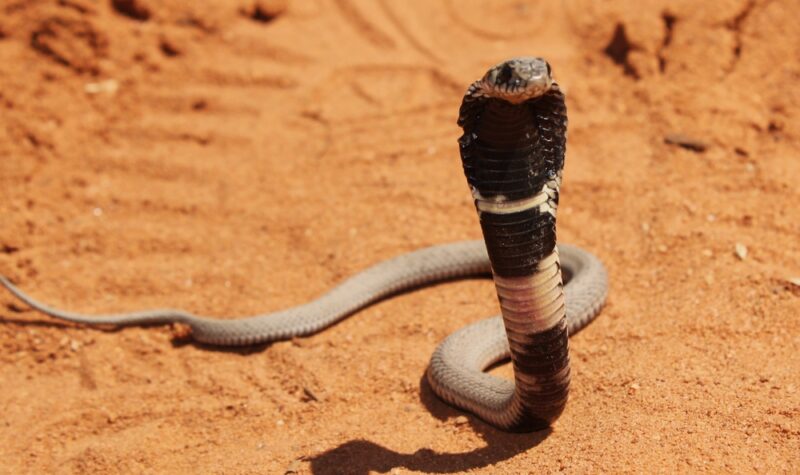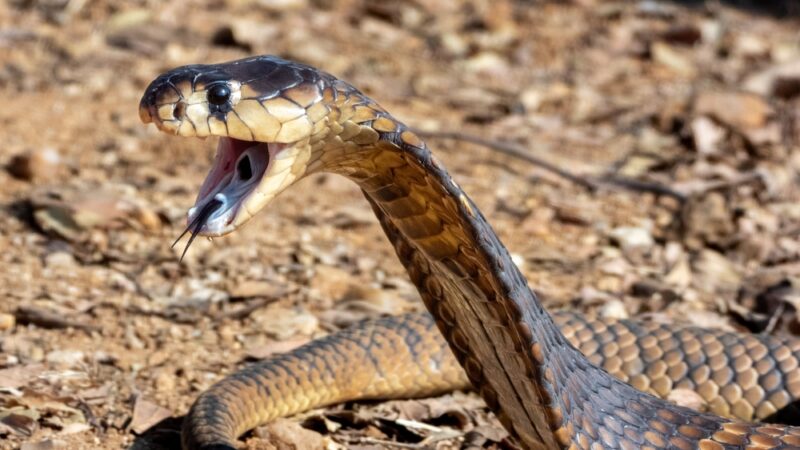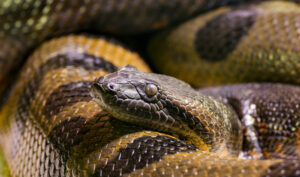Scientists found a single antivenom effective against 17 venomous African snake species.
Until now, antivenoms have been far from perfect. Although they save lives, some do not neutralize every toxin in the venom they work against. Often, a specific antivenom only works against a single species. Finally, not all venomous snakes have an antivenom available that counters the poison.
As a result, every year, about 7,000 people die and 10,000 require amputations annually in sub-Saharan Africa. Globally, up to 150,000 die annually from snakebites, according to the World Health Organization. Many victims live in remote areas, far from prompt access to medical help.
Most antivenoms are created in the same way. Horses are injected with small doses of a particular snake’s venom. Their immune systems respond by producing antibodies, which are then harvested from the horses’ blood plasma and purified for use in humans.
This process has its drawbacks. The horses produce a mixture of antibodies, and only a fraction of them are effective. The other issue is that antivenoms can have harmful side effects.

Bush viper. Photo: Shutterstock
Horse antivenom
“It’s similar to [getting] a blood transfusion from a horse,” explains Andreas Hougaard Laustsen-Kiel, a researcher with the new study. “The quality varies, because different horses are used in each production.”
The new, broad-spectrum antivenom addresses several of these issues. It neutralizes multiple snake venoms, and it is created differently.
“[This antivenom] does not require us to constantly extract antibodies from animals,” said Laustsen-Kiel, “[We] select and copy effective antibody fragments (nanobodies) and later produce them on a large scale and with consistent quality. This means that we can produce the antivenom in large quantities without compromising on quality.”
To create this new antivenom, the team combined eight nanobodies. All eight are capable of binding to toxins from more than one snake species. Nanobodies are smaller, more stable antibodies that you get from animals in the camel family. The mixture of eight nanobodies was tested against 18 different snake venoms, including cobras, mambas, and rinkhals. It worked against all but one snake — the green mamba.

The green mamba: lovely but deadly. Photo: Shutterstock
In addition to neutralizing various venoms, this antivenom also appears to reduce tissue damage caused by bites. Because nanobodies are so small, they penetrate tissues faster, improving effectiveness.
To date, the treatment has only been tested in mice, so further research and clinical trials are necessary before it can be used in humans. Though it acts against 17 different venoms, it only partially neutralizes some of them.
“I have to be careful not to promise too much,” says Laustsen-Kiel, “but I am quite convinced that our antivenom has the broadest coverage of snake species.”

A juvenile rinkhals. Photo: Shutterstock






